Introduction: A Japanese Oboist Captivating the World
In the world of classical music, Japanese musicians performing on the world stage bring us great pride and inspiration. Mizuho Yoshii, whom we introduce today, is truly a world-class artist on the oboe.
Recognized by the legendary conductor Claudio Abbado, she has served as principal oboist of the Mahler Chamber Orchestra for 20 years. She has also made numerous guest appearances with prestigious European orchestras, captivating audiences with her beautiful tone.
In this article, we will explore Mizuho Yoshii’s journey as a musician, the charm of the oboe, and what it takes to perform at the highest level in the world.
The Appeal of the Oboe
Why It’s Called the “Heart” of the Orchestra
The oboe plays a special role in the orchestra. Before a concert begins, when the entire orchestra tunes, it is the oboe that provides the reference pitch. At the signal of that clear “A,” all instruments tune together.
Why the oboe? Because the oboe’s pitch is stable and its tone is clear. Among woodwind instruments, it has a particularly distinct attack, making it clearly audible even in large orchestral settings.
Delicate and Expressive Tone
The oboe’s tone is often described as “melancholic” or “closest to the human voice.” The structure of producing sound by vibrating a double reed (two thin pieces of cane) creates this distinctive timbre.
From bright, brilliant melodies to lyrical phrases expressing deep sadness, the expressive range of the oboe is remarkably wide. Composers like Mozart, Beethoven, and Mahler entrusted important solo parts to the oboe precisely because they understood this instrument’s special charm.
The Difficulty of Performance
While possessing a beautiful tone, the oboe is also considered one of “the world’s most difficult instruments.” It requires delicate control of breath pressure and volume, with even slight changes significantly affecting pitch and tone quality.
Additionally, performers must handcraft and adjust their own reeds—an essential task. Since reed condition changes with temperature and humidity, maintaining optimal condition requires advanced technique and experience. Only performers with true mastery can overcome these difficulties and produce beautiful music.
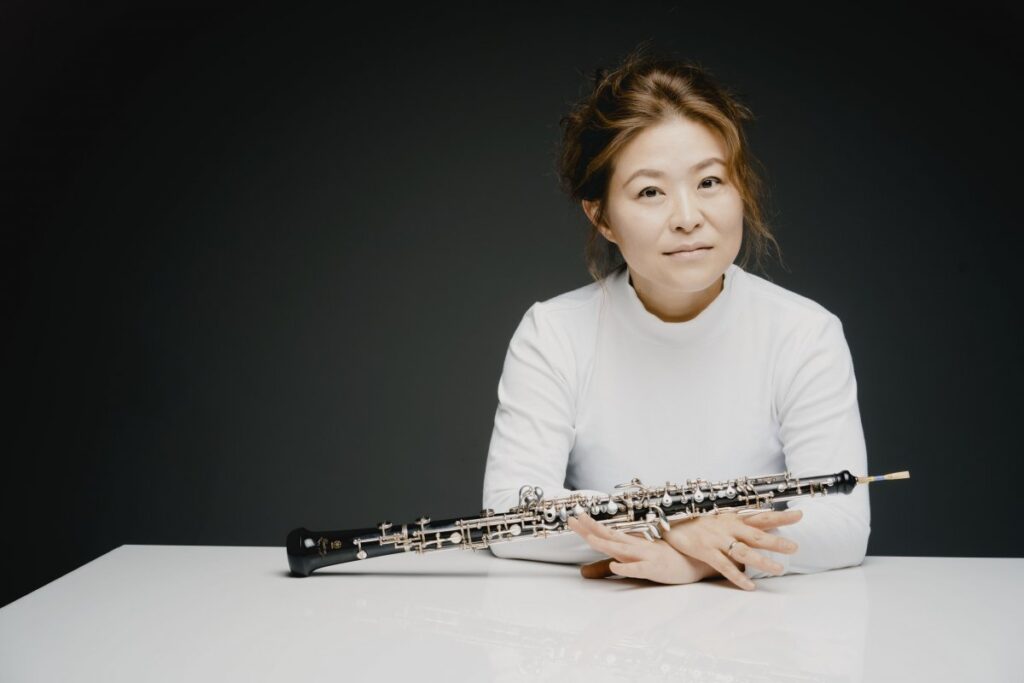
Mizuho Yoshii’s Career
Meeting Claudio Abbado
The most significant turning point in Mizuho Yoshii’s career was her encounter with Claudio Abbado, one of the 20th century’s greatest conductors.
Abbado served as music director of the Berlin Philharmonic Orchestra and the Vienna State Opera, earning respect worldwide. He was not only technically outstanding but also an educator who had deep understanding of music and passion for nurturing young talent.
That Abbado recognized Yoshii’s talent and invited her to join the Mahler Chamber Orchestra he founded was proof that her abilities were world-class.
20 Years with the Mahler Chamber Orchestra
The Mahler Chamber Orchestra (MCO) was founded by Abbado in 2000 with the purpose of developing young musicians. Composed of outstanding young performers who graduated from conservatories across Europe, the orchestra is characterized by its flexible and innovative performance style.
Yoshii served as principal oboist of this orchestra for 20 years. Maintaining the position of principal for such an extended period is no small feat. It demonstrates that she has continuously refined her technique and musicality in an environment demanding consistently high-level performance.
With the MCO, she has collaborated with Abbado and other world-renowned conductors, performing masterpieces by Beethoven, Brahms, Mahler, and others. Within the intimate ensemble characteristic of a chamber orchestra, Yoshii’s oboe has played a crucial role, captivating many audiences.
Guest Appearances with European Prestigious Orchestras
In addition to her work with the Mahler Chamber Orchestra, Yoshii has made numerous guest appearances with prestigious orchestras. Guest appearance means being specially invited to perform as a non-regular member, which cannot happen without high recognition and trust.
The European classical music world values tradition and prestige. For a Japanese musician to be invited as a guest performer in this context is proof of internationally recognized ability. Yoshii has earned deep trust from orchestras everywhere through her technical prowess, musicality, and humble, sincere attitude.
As a Japanese Musician Active Worldwide
Crossing Language and Cultural Barriers
Working as a musician abroad requires not only instrumental performance skills but also overcoming differences in language and culture. In European orchestras, communication during rehearsals is extremely important. Without smooth communication with conductors and other performers, wonderful performances cannot emerge.
Yoshii has been active in such environments for over 20 years. This is because she possesses universal communication ability through music and an attitude of understanding and respecting different cultures.
Identity as a Japanese Person
Japanese musicians performing on the world stage are often made to consider the balance between “Japaneseness” and “internationality.” Within the framework of Western classical music, how does one express identity as Japanese?
Some say that Yoshii’s performances embody refinement, care, and humility—aesthetic qualities rooted in Japanese culture. At the same time, the musical perspective and expressive power cultivated over years in Europe have merged to create her unique musical world.
Technical Aspects of Oboe Performance
The Importance of Reed Making
As mentioned earlier, reed making is as important as performance itself for oboists. Professional performers handcraft reeds from scratch, tailored to their own tone and performance style.
Slight differences in the angle, thickness, and length of reed scraping significantly affect tone quality, pitch, and ease of playing. Through years of experience, Yoshii must have established her own optimal reed-making technique.
Breath Control
The oboe has a narrow bore and small opening, making air tend to accumulate in the lungs during performance. Therefore, the technique of exhaling air at appropriate times and inhaling fresh air is necessary.
Furthermore, the ability to instantly adjust breath pressure and speed is required to create dynamics and tonal variations. Acquiring such advanced breathing techniques requires years of training.
Ensemble Ability
In orchestral performance, ensemble ability is extremely important. Principal players, in particular, also bear the role of leading their entire section.
Yoshii has worked for years with the Mahler Chamber Orchestra, a chamber orchestra. Chamber orchestras require greater individual responsibility and more intimate ensemble compared to large orchestras. This experience has undoubtedly deepened Yoshii’s musicality.
Famous Oboe Works and Repertoire
The Appeal of Concertos
Oboe concertos have been written by numerous composers from the Baroque period to the present. Mozart’s “Oboe Concerto in C major” is one of the most famous works, charming listeners with its bright and elegant melodies.
Richard Strauss’s “Oboe Concerto,” though a 20th-century work, is filled with romantic and beautiful melodies. When performing such masterpieces, a performer’s technique and musicality are clearly revealed.
Solo Parts in Orchestral Works
The oboe is often entrusted with important solo parts in symphonies and operas. In the second movement of Beethoven’s Symphony No. 3 “Eroica,” the oboe’s melancholic melody is memorable.
In Mahler’s symphonies, dramatic and emotionally rich solos are written for the oboe. Yoshii must have performed many of Mahler’s works with the Mahler Chamber Orchestra, and this experience has surely added depth to her artistry.
The World of Chamber Music
The oboe is also active in chamber music. It is performed in various combinations, such as woodwind quintets (flute, oboe, clarinet, horn, and bassoon) and with string instruments.
Chamber music, precisely because it involves a small number of performers, highlights each individual’s personality and musicality. Yoshii’s chamber music performances surely create delicate and beautiful musical worlds.
International Exchange Through Music
As a Cultural Bridge
Classical music has the power to connect people’s hearts across language barriers. Japanese musicians like Yoshii performing worldwide are wonderful examples of international exchange through music.
Conveying the excellence of Japanese performers to European audiences and bringing world-class music to Japanese music fans—playing such roles is a significant meaning of performing worldwide.
Influence on the Next Generation
Yoshii’s achievements are a great encouragement to young people aspiring to music. She gives hope that “Japanese people can also perform at the world’s top level” and courage to pursue dreams.
The world of classical music is highly competitive, and succeeding professionally is not easy. However, Yoshii demonstrates that by continuing to challenge oneself with talent, effort, and humility, paths will open.
Conclusion: Stories Woven by Beautiful Tone
Mizuho Yoshii has brought out the full charm of the oboe and captivated audiences worldwide. Her career—recognized by the great musician Claudio Abbado, serving as principal oboist of the Mahler Chamber Orchestra for 20 years, and making guest appearances with numerous prestigious orchestras—speaks to her ability and character.
The transparent, beautiful tone of the oboe has the power to speak directly to people’s hearts. Through that tone, conveying composers’ intentions and emotions and engaging in musical dialogue with audiences—this is both the mission and joy of a performer.
We look forward to Yoshii’s future performance activities and hope that many people will come to know the wonderful charm of the oboe. If you have the opportunity, please experience a live performance and witness that beautiful tone firsthand. You will surely discover new attractions in classical music.
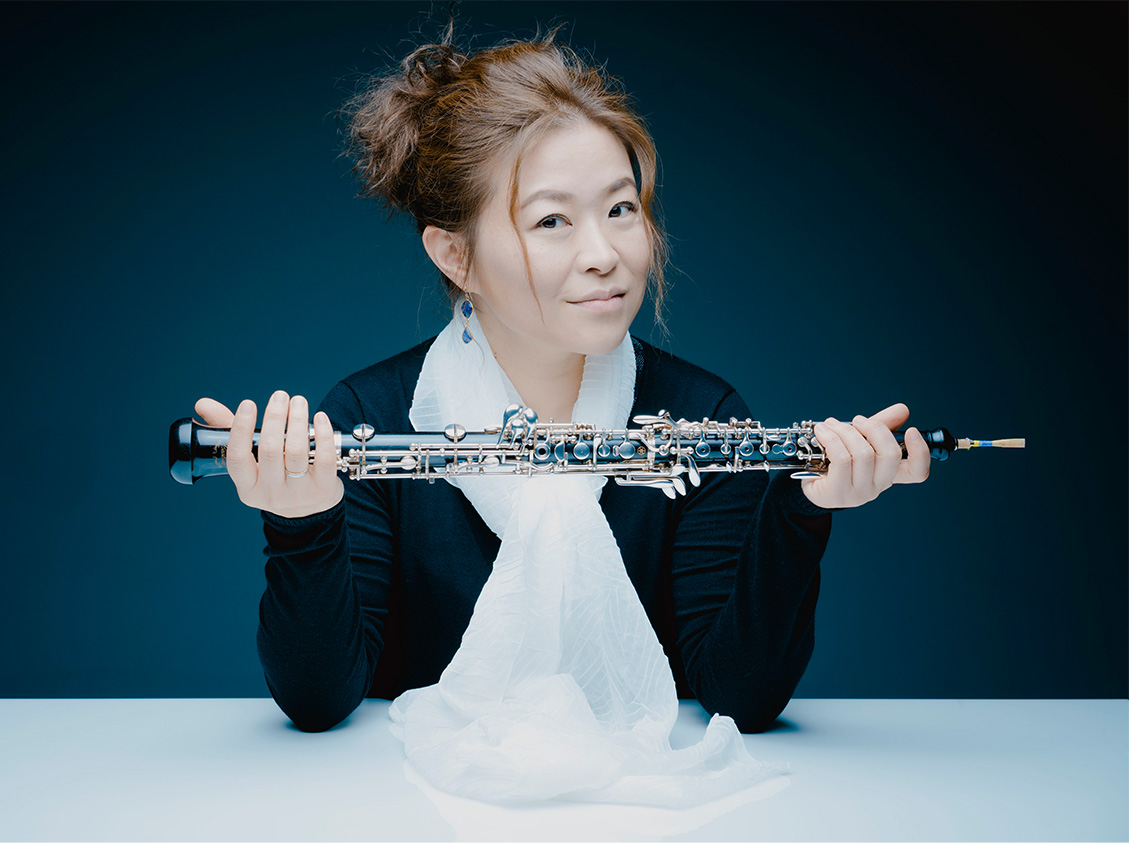
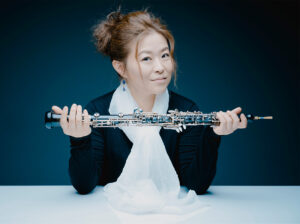



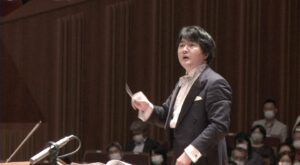

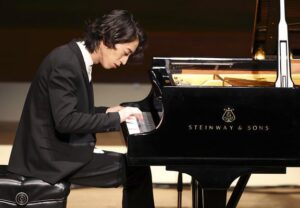



コメント